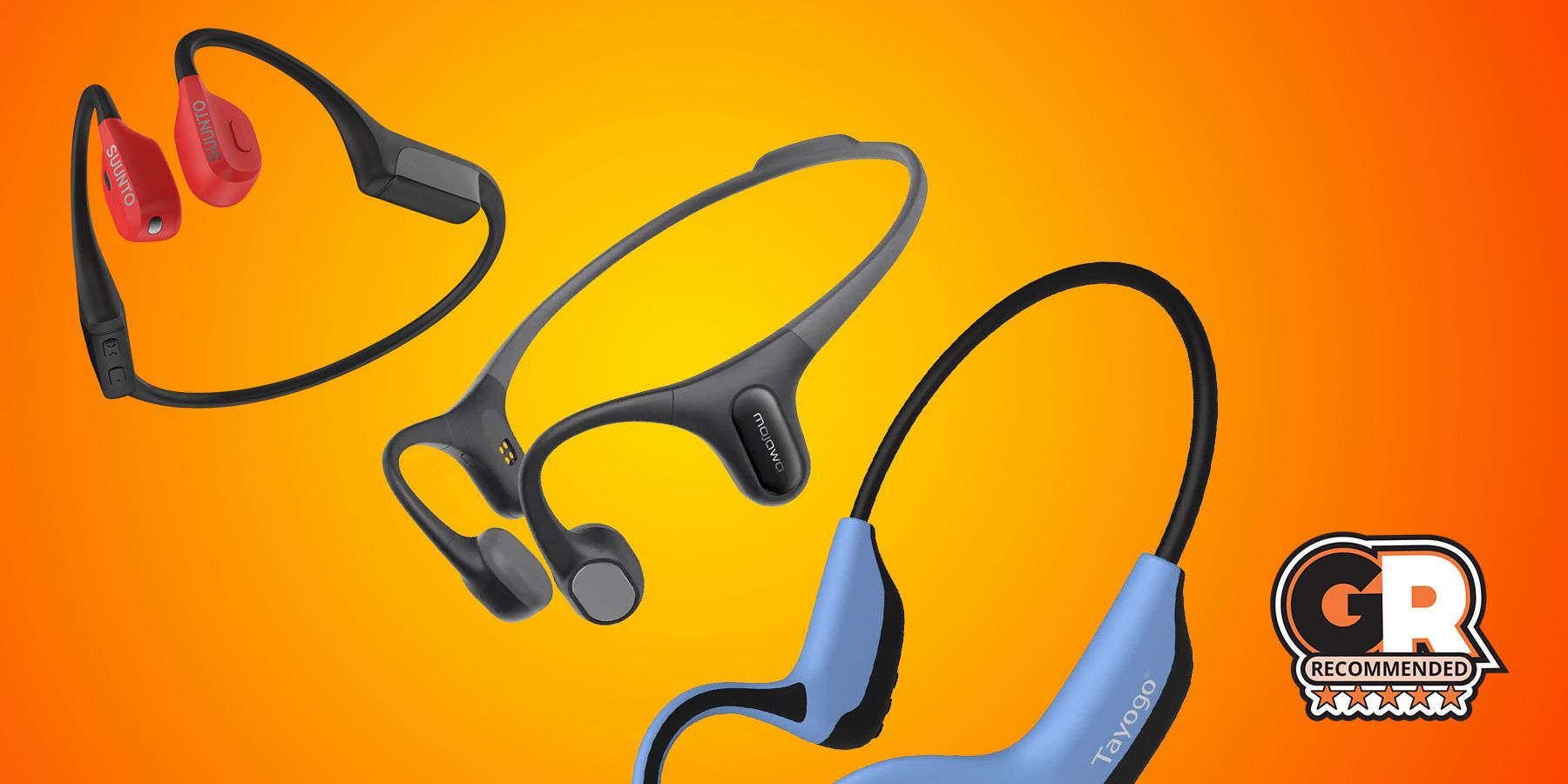Whether going for a run, swimming, or biking, bone conduction earbuds are a great way to enjoy your music while leaving your ears open to hear your surroundings. Unlike traditional earbuds, which sit inside the user’s ear canal, bone conduction earbuds send vibrations through the cochlea to create sound. This not only allows users’ ears to remain open but also reduces the risk of inner ear infections and creates less strain on the middle and outer parts of the ear while listening for long periods.
Despite not having any fancy features like ANC, athletes worldwide have grown to love bone conduction headphones for their versatility, incredibly comfortable fit, and, most of the time, excellent water resistance or proof rating.
-
Mojawa Run Plus
Best Overall Bone Conduction Earbuds
-
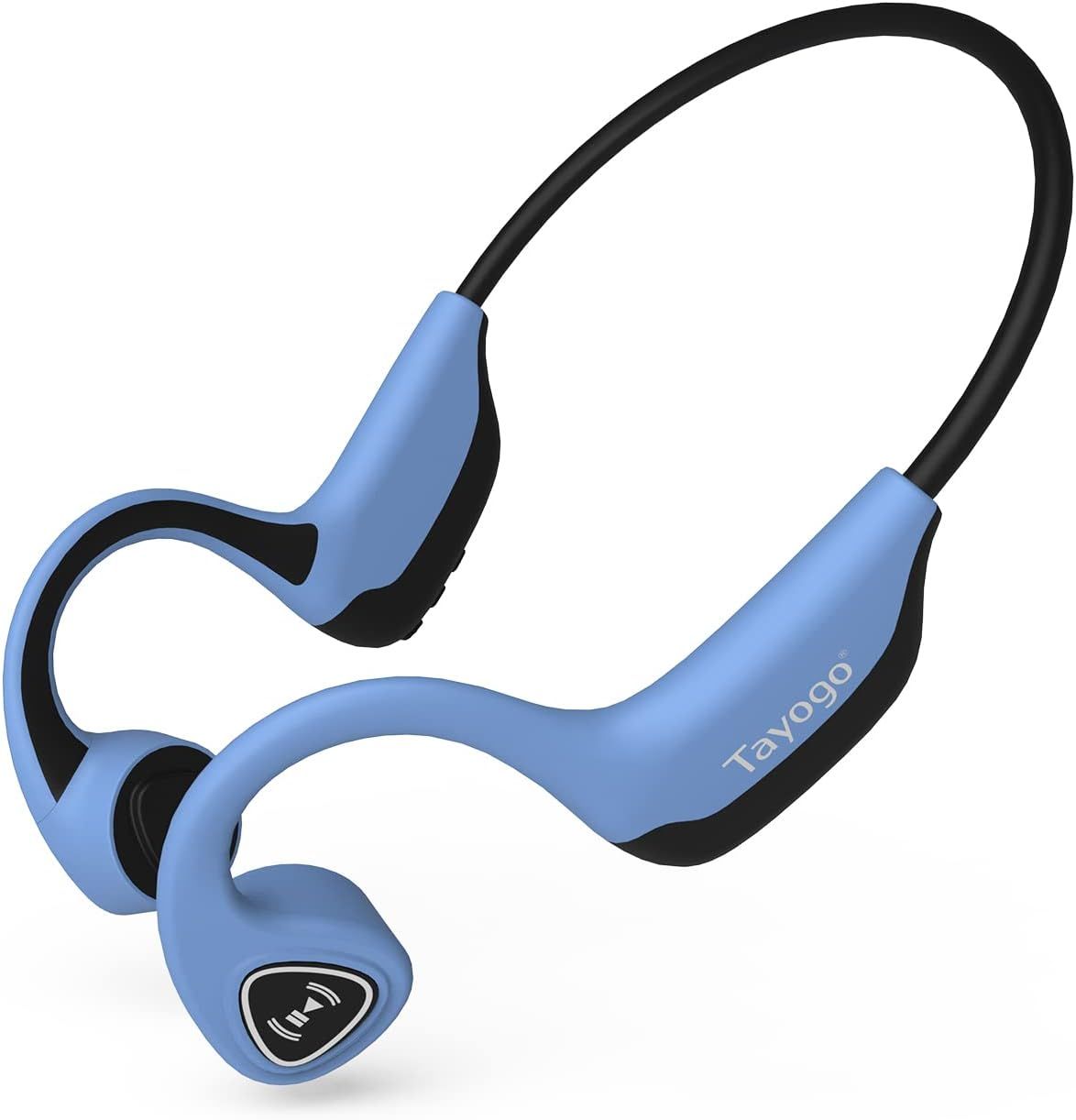
Tayogo S2
Best Budget Bone Conduction Earbuds
-
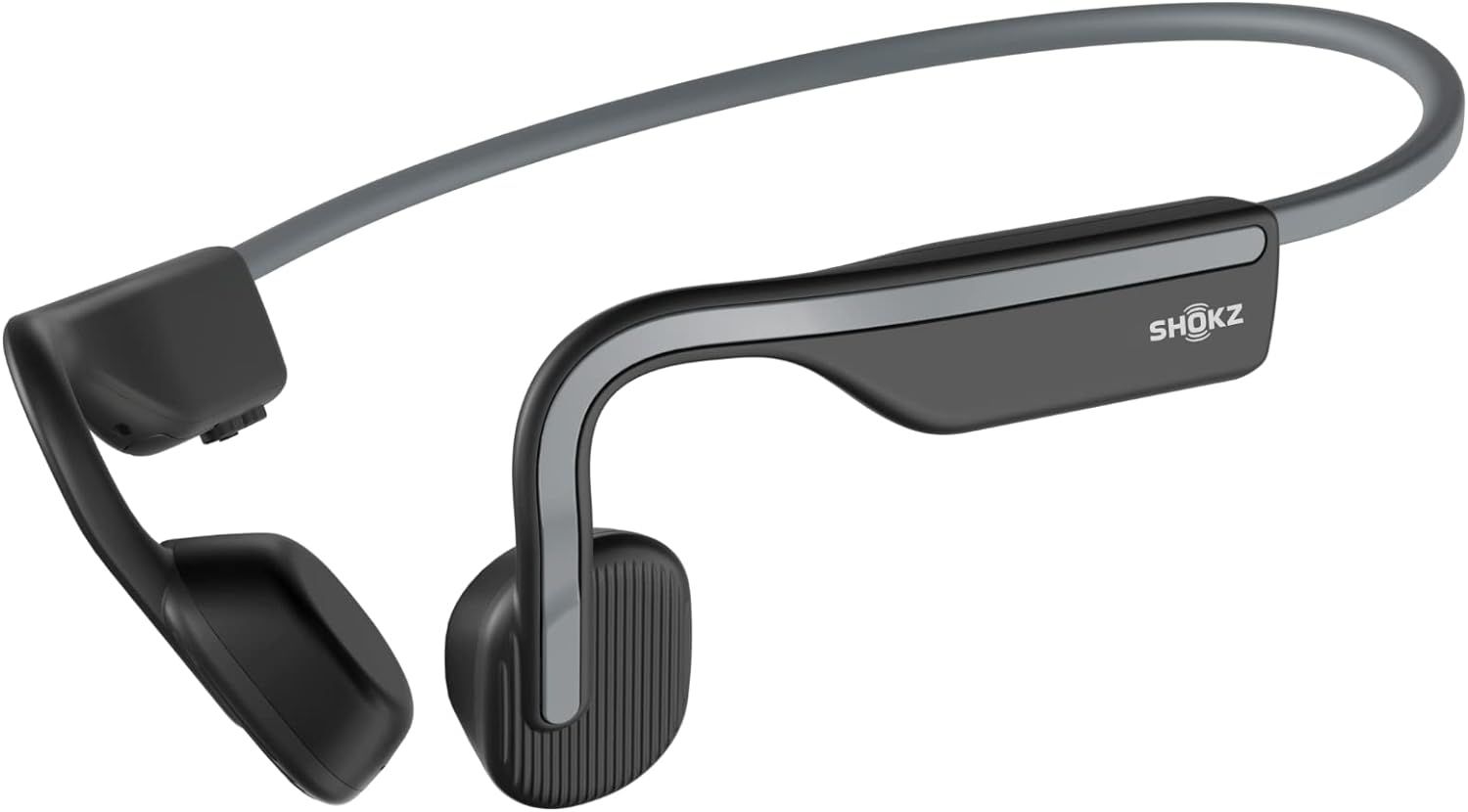
Shokz OpenMove
Best Mid-Range Bone Conduction Earbuds
-
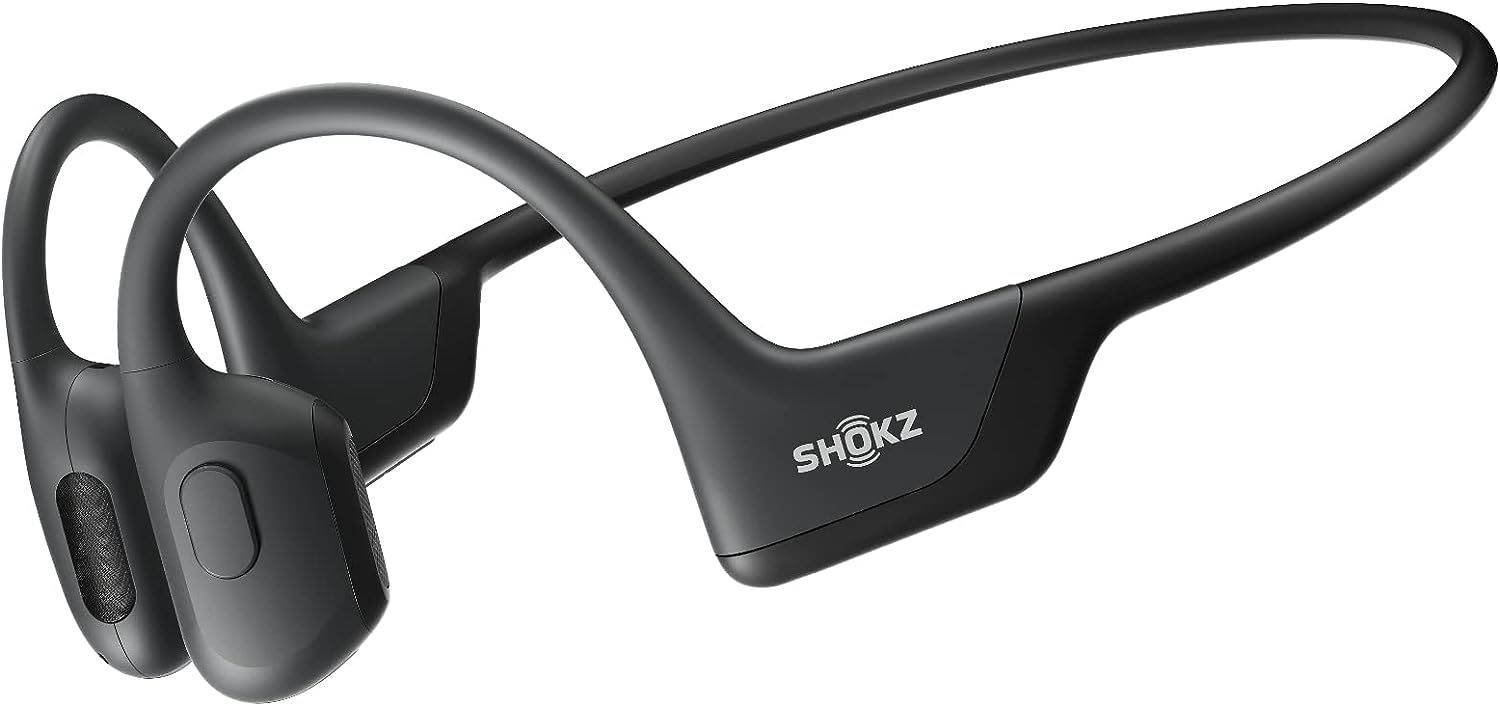
Shokz OpenRun Pro Headphones
Best Bone Conduction Earbuds For Running
-
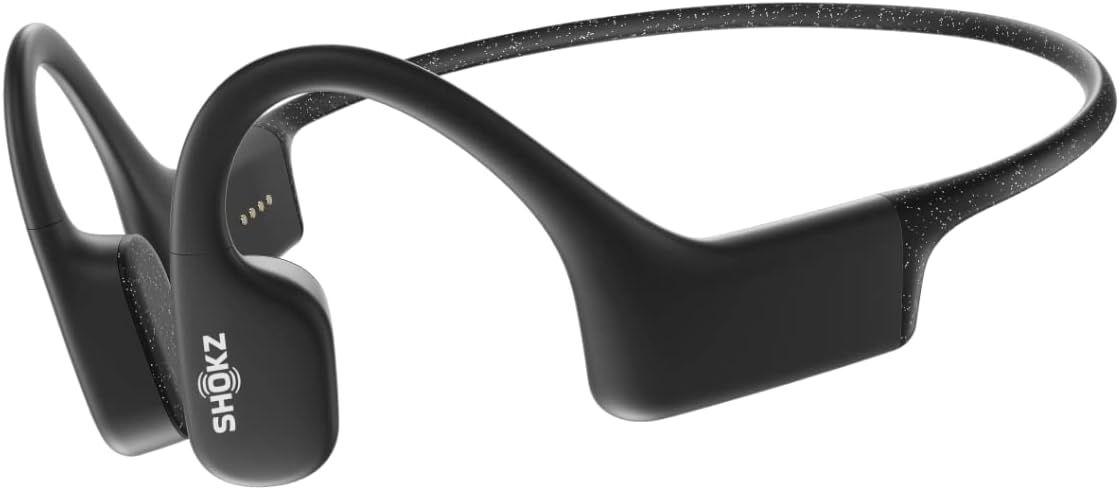
Shokz OpenSwim
Best Bone Conduction Earbuds For Swimming
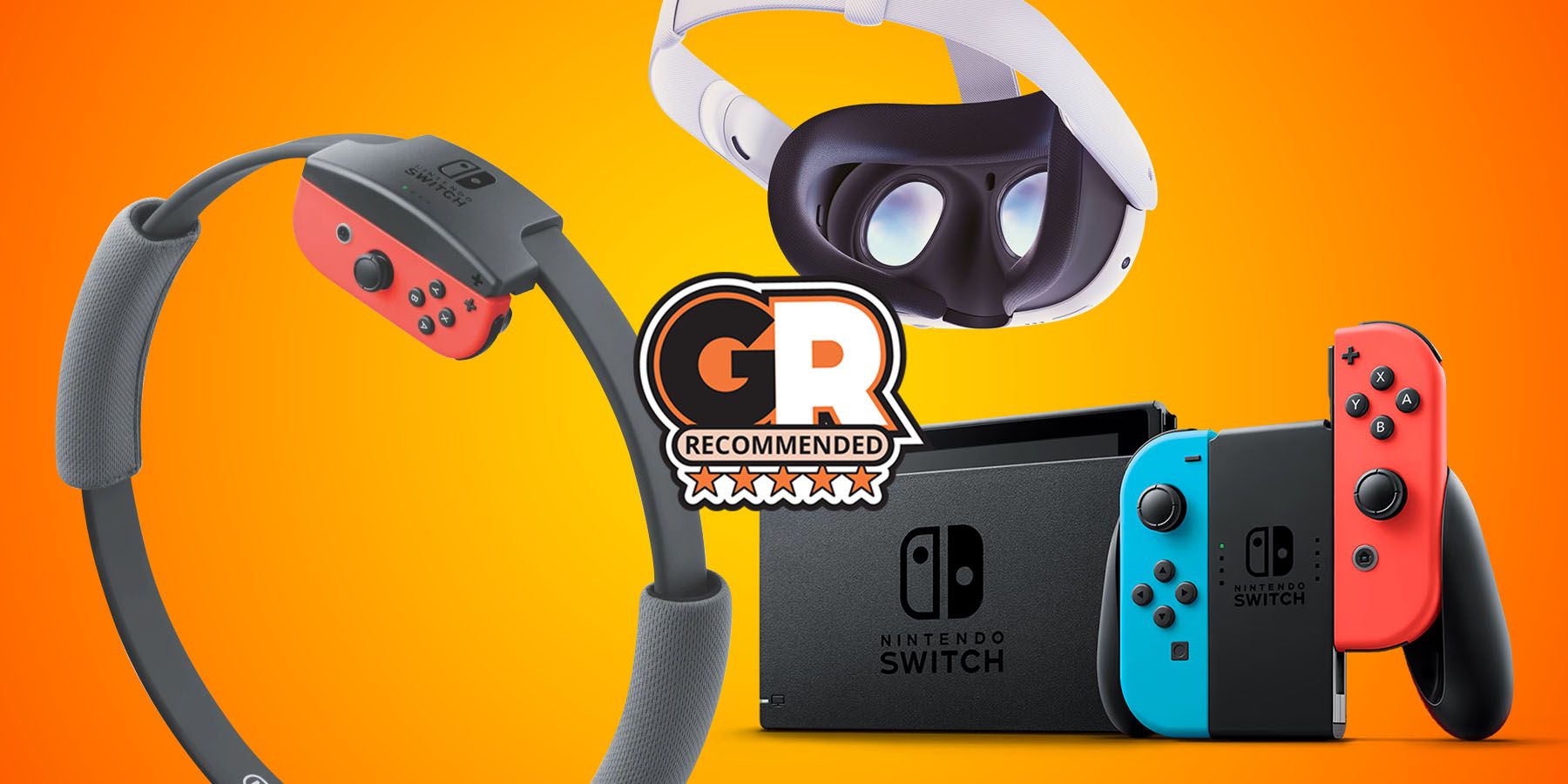
The Best Gaming Consoles and Accessories for Exercise in 2024
Exercise is tough, but exercise video games and accessories can make being healthy an easy win for players everywhere.
The Best Bone Conduction Earbuds In 2024
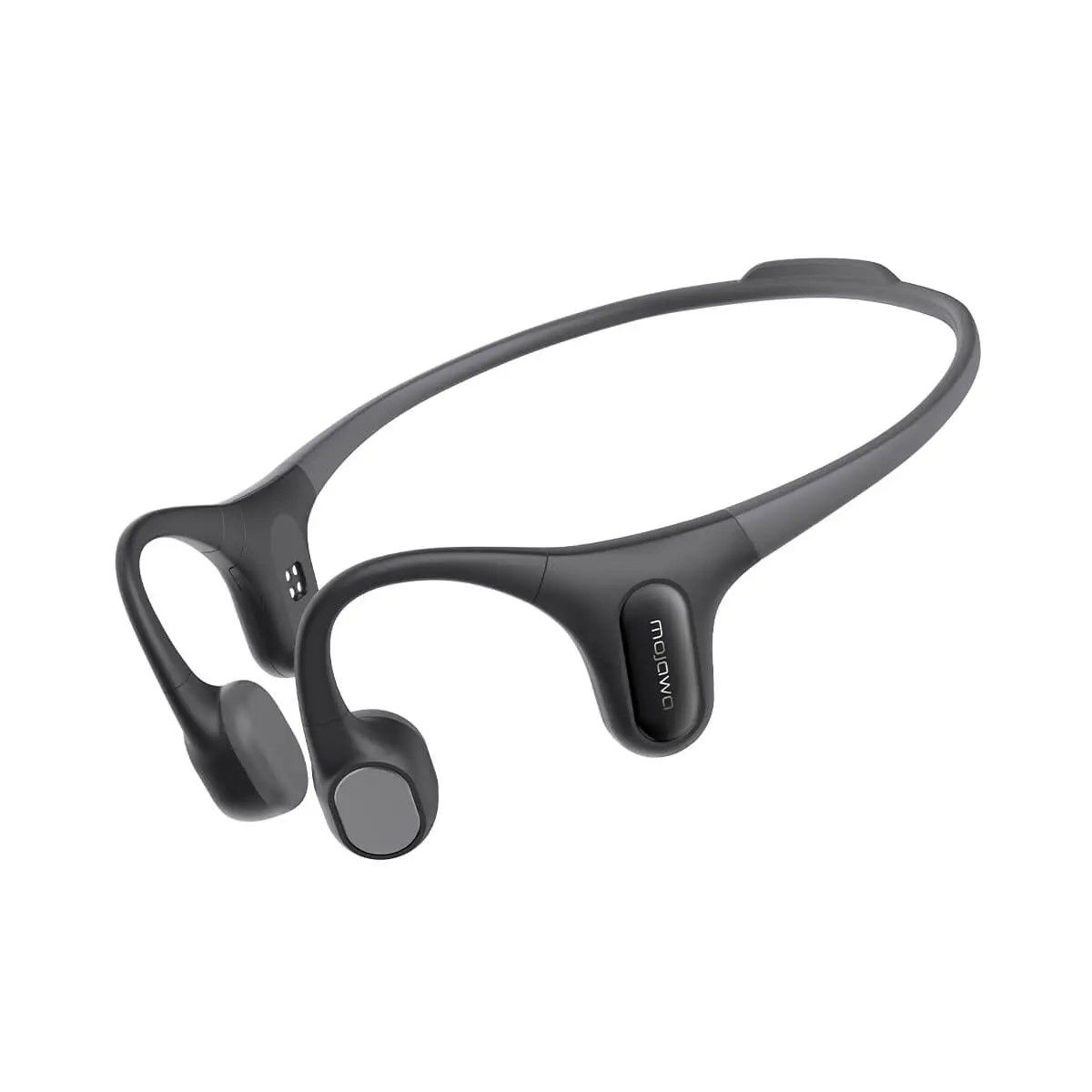
Mojawa Run Plus
Best Overall Bone Conduction Earbuds
The Mojawa Run Plus delivers consistent and outstanding sound quality on water or land. The incredibly lightweight design makes it easy to wear these headphones with little to no fatigue, no matter the activity. The IP68 rating makes it perfect for swimmers to jam out to their tunes, and the built-in MP3 player means you won’t need to worry about Bluetooth connectivity when you are far away from your phone.
- Battery Life
- 8 hours/ 2 hours underwater
- Weight
- 28.6g
- Connectivity
- Bluetooth 5.2
- IP rating
- IP68 waterproof
- Charging type
- Proprietary charging
- Wireless?
- Yes
- Microphones
- Yes
- Light and comfortable design
- Enjoyable sound quality
- Built-in MP3 player adds a lot more versatility
- Customizable EQ
- Sensitive touch controls
- Battery can die quicker at higher volumes
While some bone conduction earbuds are made with one thing in mind, the Mojawa Run Plus is a jack of all trades. Whether people want to run, bike, or swim, these earbuds can handle it and do it all well. The feature of being tuned by unnamed Grammy producers might be a red flag to some, but these earbuds come through with a very nice sound quality that works excellently for pretty much any genre or content.
Weighing about 28 grams, the Run Plus is not the lightest option, but they are still very comfortable to wear for long periods of time. After getting them situated comfortably, it is easy to forget they are there at times. Because of the underwater rating, the inclusion of a physical control button as well as a sensor button is a very nice touch. However, if users wear a swim cap while swimming, the touch sensor button can be randomly activated sometimes, which gets annoying.
Bone conduction earbuds have come a long way, sound quality-wise, since the first couple of models, and that is very evident with the Run Plus. These earbuds deliver very clear sound, regardless of what you are listening to. Using the EQ out of the box won’t produce the best sound quality available but, thankfully, Mojawa’s app is easy enough to play around with and get the settings just how you like. Regardless of the EQ, the bass response on these earbuds is pretty lackluster, but that will be the case for most bone conduction earbuds, so that is not too much of a dealbreaker.

Tayogo S2
Best Budget Bone Conduction Earbuds
For under $50, users will have a hard time finding a pair of bone-conduction headphones that perform better than the Tayogo S2. The lightweight, comfortable, one-size-fits-most design makes it perfect for those who love listening to music while exercising or want to leave their ears open while still enjoying music.
- Connectivity Technology
- Bluetooth 5.0
- Play Time
- 8 hours
- Waterproof?
- IPX5
- Weight
- 38 grams
- Charging Type
- Micro-USB
- Extremely affordable
- Long battery life
- Comfortable design
- Well implemented controls
- Micro-USB charging port
- Not built to last for a long time
For people who want a pair of bone conduction earbuds but don’t have the biggest budget, the Tayogo S2 is one of the best options for under $50. These earbuds don’t have all the fancy features of the more premium options, like waterproof ratings, but they are a great entry point into the world of bone conduction earbuds.
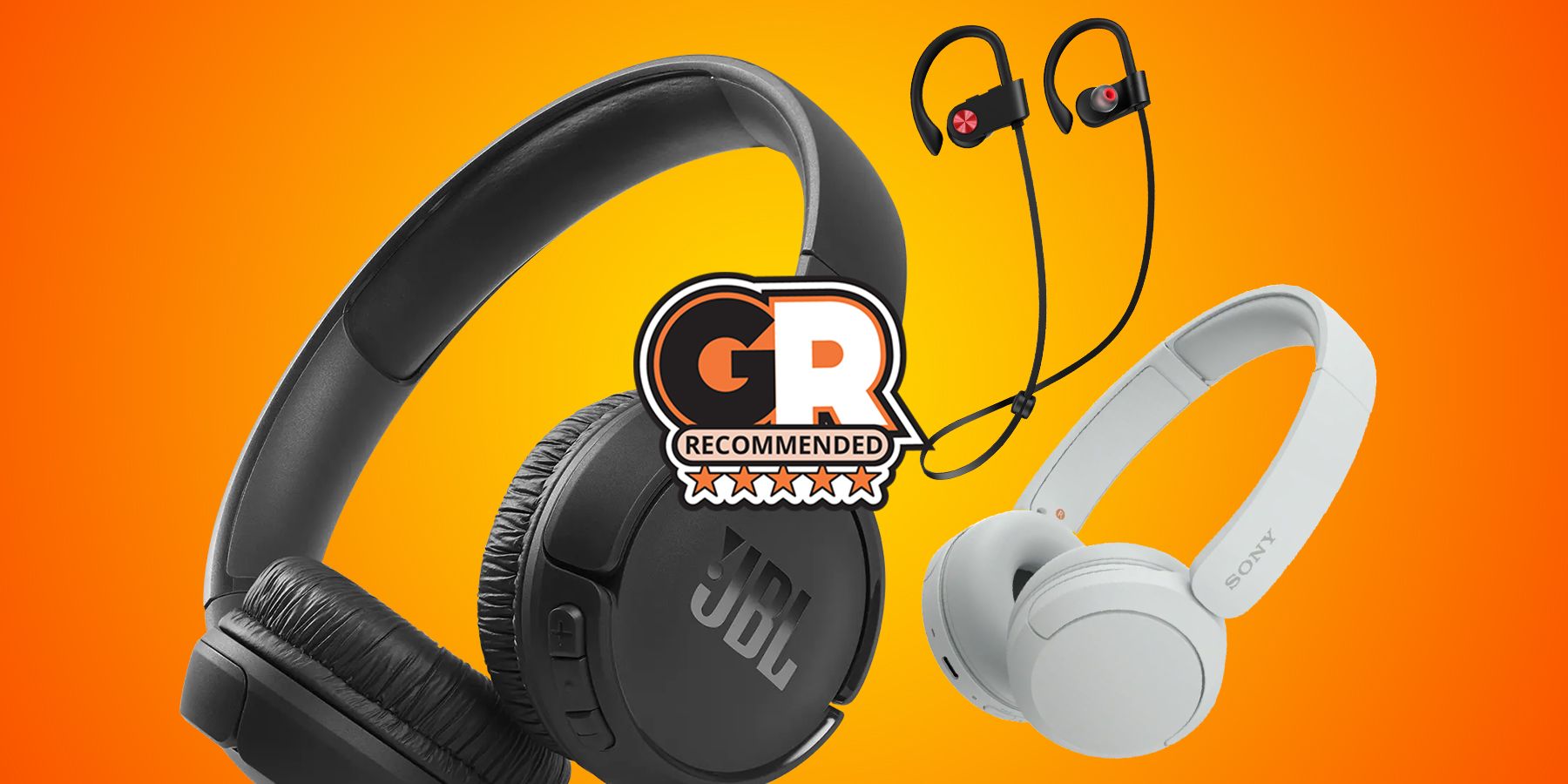
Best Budget Wireless Headphones for 2024
These wireless headphones won’t break the bank, but they still manage to deliver top-notch audio from anywhere!
The S2 is a fair bit heavier than most other options in this guide at 38 grams, but thanks to the broader ear loops, it still retains a reasonably comfortable fit. These allow the S2 to sit more snuggly against most people’s heads. However, glasses users might sometimes find that they interfere with glasses arms.
When it comes to sound quality, the S2 puts up a fair fight, especially considering how affordable it is. Most music genres will come through clear and reasonably loud, but the bass response is notably lacking, to the point where podcasts and audiobooks with deeper voices sound a bit muddy.
Users should be aware that these earbuds are not known for being the most durable, so they are a great, affordable way to get into bone conduction earbuds, but they probably won’t be the pair you can rely on for years to come.

Shokz OpenMove
Best Mid-Range Bone Conduction Earbuds
The Shokz OpenMove is an excellent set of bone-conduction headphones with similar performance and use cases to Shokz’s higher-end models but a price that makes it much more approachable. Powered by ‘sShokz’s patented 7th-generation bone conduction and PremiumPitch 2.0, the OpenMove delivers precise and balanced audio, optimal volume, and rich bass.
- Connectivity Technology
- Bluetooth 5.1
- Play Time
- 6 hours
- Waterproof?
- IP55
- Weight
- 29 g
- Charging Type
- USB-C
- IP55 rating
- USB-C charging
- Multipoint connectivity
- Decent sound quality for the price
Shokz is probably one of the most prolific brands for bone conduction earbuds. Not only are they incredibly popular, but they also have a model to fit any activity or lifestyle. The Shokz OpenMove is a great all-around option for a lot of people. With a design that works well for athletic and everyday use, the OpenMove is incredibly versatile, and for under $100 they offer incredible price to performance.
With Shokz’s years of experience making bone-conduction earbuds, the OpenMove sounds quite good compared to other bone-conduction earbuds. The mid-range and treble are incredibly clear, so most music will come through just fine, but again, like most other bone conduction earbuds, the bass is lacking. Unlike the more premium options from Shokz, the OpenMove doesn’t have the option to turn on a bass-boost EQ. However, as long as people are not planning to listen to music with these earbuds analytically, they are pretty serviceable.
While the OpenMove might seem like the best of both worlds, unfortunately, they tend to move around quite a bit during anything beyond light movement. Daily activities like walking around and enjoying lunch won’t create too much of an issue, but once you start jogging or anything more, they move around quite a bit. However, for any rock climbers out there, these earbuds perform surprisingly well, and thanks to the dust-resistance rating, there is no need to worry about chalking up your fancy new earbuds.

Shokz OpenRun Pro Headphones
Best Bone Conduction Earbuds For Running
The Shokz OpenRUN Pro headphones redefine everything about open-ear listening. While the drivers are 20% smaller than previous models, they still feature Shokz’s signature open-ear design and deliver all-day comfort. Crush training goals while jamming to some music, but stay aware of traffic, pedestrians, cyclists, and more with OpenRun Pro.
- Connectivity Technology
- Bluetooth 5.1
- Play Time
- 10 Hours
- Waterproof?
- IP55 Water-Resistant
- Weight
- 29 grams
- Charging Type
- Proprietary Charging
- Comfortable and lightweight
- Good sound for bone conduction
- Multipoint connectivity
- IP55 rating
- Every button press has a beep with it
- Poor microphone quality
While most bone conduction earbuds are great for running, the Shokz OpenRun Pro takes it to another level. The titanium headband and rubberized grips guarantee a secure fit no matter how much movement and sweat they encounter. No pair of earbuds is perfect, but for people looking for their next running companion, the OpenRun Pro gets pretty close.
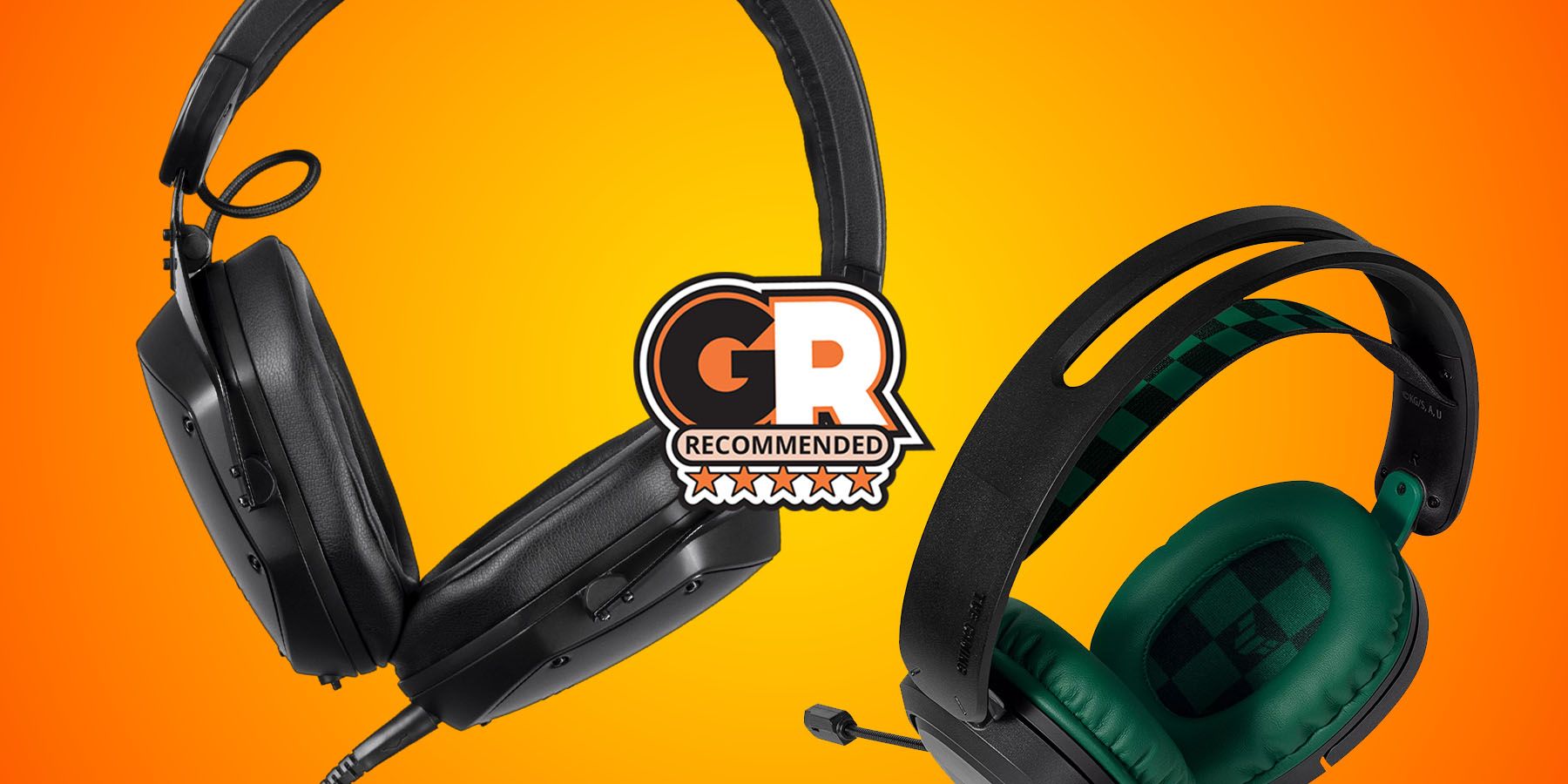
Best Headphones for Running in 2024
Run to the beat of your own drum with our top headphone picks for runners.
For those looking for a slightly more affordable option, there is the OpenRun, but the improvements made to the OpenRun Pro make the extra cost well worth it. This is one of the best-sounding bone conduction earbuds currently available. It still isn’t quite at the same level as in-ear earbuds, but the bass is surprisingly present and even powerful for bone conduction earbuds. The new rubberized coating keeps the sound more consistent because it doesn’t move around as much.
While the OpenRun Pro is perfect for runners, if people do other exercises or don’t solely focus on running, these earbuds can be a bit annoying. The headband is finicky for cyclists to fit under a helmet, and the IP rating is not high enough to take swimming. But as long as you are willing to sacrifice some versatility for fantastic running performance, the OpenRun Pro is hard to beat.

Shokz OpenSwim
Best Bone Conduction Earbuds For Swimming
Designed for swimmers from the ground up, the Shokz OpenSwim is a dream pair of headphones for any swimmer. It has an IP68 waterproof rating and can be submerged in water up to two meters deep for up to two hours. With 4GB of internal storage, you can load up to 1,200 songs onto these headphones.
- Battery Life
- 8-Hours
- Connection Type
- Internal Music Storage Only
- Weight
- 30 g
- IP rating
- IP68 Waterproof
- Charging type
- Pogo Pins
- Slim and lightweight design
- Clear and pleasant sound underwater
- Easy to load music
- Decent battery life
- No Bluetooth connectivity
- A bit pricey compared to other models
These earbuds sound as good underwater as they do above water, and while that might not seem like a big feat, the sound is a whole different animal when underwater. More power and clarity are needed to create the same sound quality, and the OpenSwim easily handles this. There are two different EQ modes, one for general use and the other for swimming. The general mode produces a warm sound that feels much more well-rounded, while the swimming mode produces a hollow sound that focuses more on clarity and power.
Again, these earbuds do not allow you to connect to your phone, so you will have to pretend to be in the early 2000s again and load up music before heading out for your swim. Using the proprietary charger, plug these earbuds into your computer and drag and drop files into the earbuds storage. While it feels weird to do so in the year 2024, it is surprisingly fast and works well for Windows and macOS users. Once the music is on the earbuds, the buttons on the headband allow you to select songs or folders; this process is a bit finicky at first, but if you think of it as an iPod Shuffle, it’s not too bad.
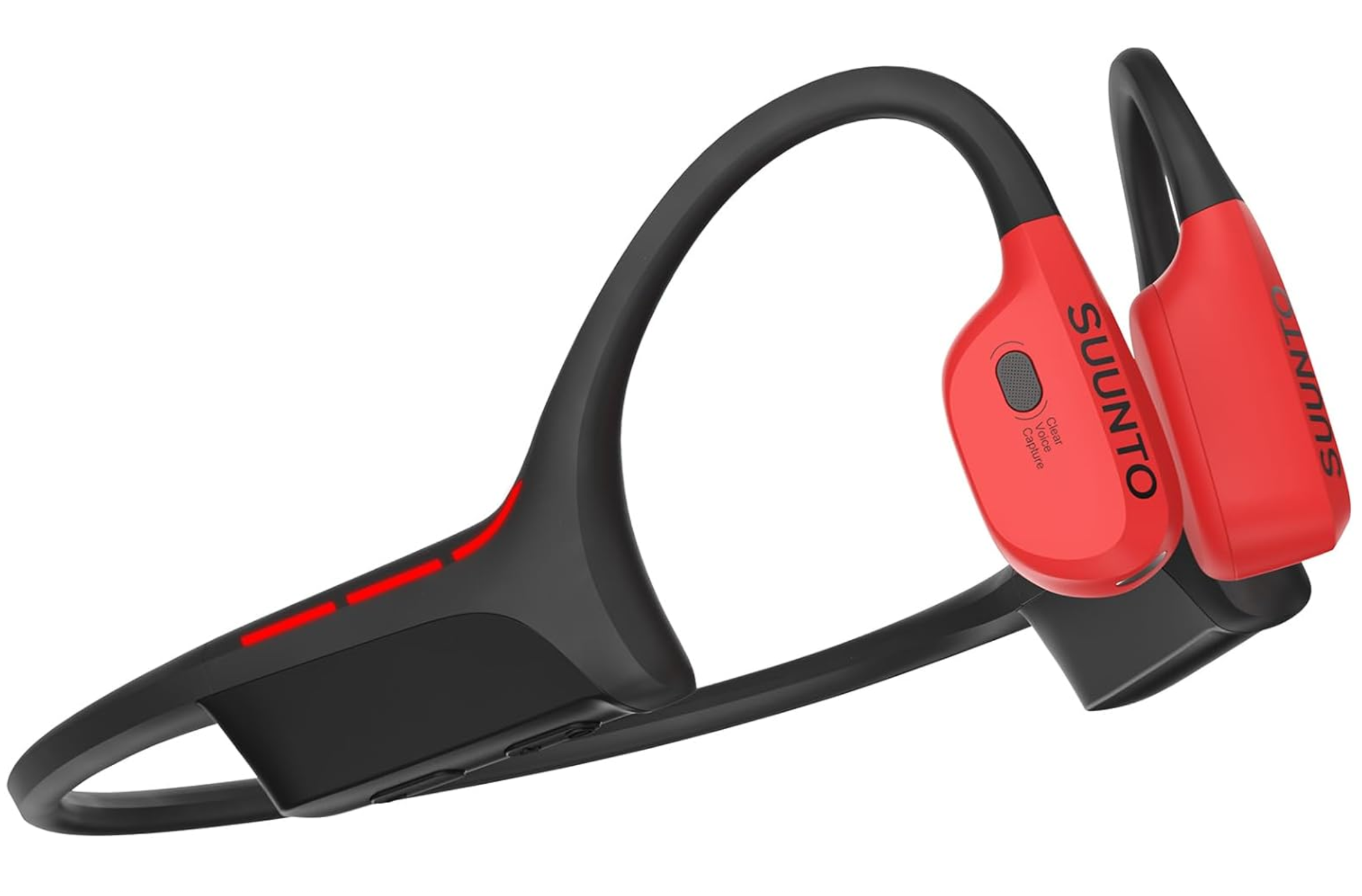
Suunto Wing
Best Battery Life Bone Conduction Earbuds
The Suunto Wing is a welcome advancement in bone conduction headphones, benefiting from the high quality, low latency aptX Adaptive Bluetooth codec. With the Suunto Wing, ear canals remain unobstructed since sound is transmitted through vibrations along the cheekbones. Buyers can enjoy music and podcasts while remaining aware of their surroundings in outdoor settings. Using a titanium and silicone construction, the Wing is durable, lightweight, and rated to withstand water and sweat. The ability to conduct clear-sounding calls through Clear Voice Capture technology makes the Wing an all-around headset for work and recreation.
- Battery Life
- 30 hours with charging stand
- Weight
- 40 grams
- Connectivity
- Bluetooth
- IP rating
- IP67
- Wireless?
- Yes
- Compatible With
- Mobile, PC, Mac
- Brand
- Suunto
- Sensitivity
- 117dB@1kHz -10dBFS
- Frequency Response
- 20Hz~20kHz
- Impedance
- 6Ω±15%
- Dimensions
- 93.5 mm x 48 mm x 25 mm
- Supported codecs
- A2DP, AVRCP, HFP, HSP
- Lightweight and durable construction
- Comfortable to wear for long periods
- Good battery life and well-designed charging stand
- Supports low-latency aptX Adaptive Bluetooth codec
- Lack of volume noticeable with music listening
- Much more expensive than many wireless earbuds
At this point, wireless earbuds always come with charging cases, but that trend hasn’t really made its way to bone conduction earbuds. This means the battery life is reserved for what they can hold in the headband, but thankfully, for users who need more battery life out of their earbuds, the Suunto Wing bone conduction earbuds are the perfect fit. The Wing’s clever case provides an outstanding 30 hours of battery life without needing to plug them in, so whether people are bad about charging their earbuds or are going on an adventure, the Wing can get through it.
In Game Rant’s full review of the Suunto Wing, we found that these earbuds are loud enough to listen to podcasts, and with a microphone, they are enticing headsets for working days. They have a similar sound quality to the Shokz OpenMove, with clear mids and highs and underemphasized bass.
However, after an hour or so, what stands out more about the Wing is how comfortable it is. The transducers stay secure against the cheeks, but are not tight enough to feel obtrusive. The Wing won’t stay entirely still like the Shokz OpenRun Pro; the headband bounces a bit when jogging, but the transducers, for the most part, stay locked in.
Key Factors To Finding The Best Bone Conduction Earbuds
- Sound Quality: Bone conduction earbuds’ sound quality is not going to be up to the same level as other kinds of earbuds, but that doesn’t mean they have to sound bad. The main things to look for in a good-sounding pair of earbuds are volume and clarity. These two factors will allow users to hear the content being played through them easily. There is nothing worse than hearing one of your favorite songs, but having it be a jumbled-up mess.
- Battery Life: As with any wireless product, battery life is essential for having a good user experience. As far as bone conduction earbuds are concerned, battery life varies depending on the price range, but for the most part, users should shoot to find a pair that offers at least five hours of power. This should be enough to get through a couple of workouts or adventures, but if you need more, there are options that go up to 30 hours as well.
- Use Case: Bone conduction earbuds are generally aimed at athletes, so depending on your go-to exercise, a pair of earbuds will accompany it. Most of these options will be an excellent fit for land-based exercisers, but the options get a bit narrower when it comes to specialized activities like swimming. Make sure to look for a pair rated to be submerged for at least a couple of hours. Internal storage is always nice, so you don’t have to rely on Bluetooth underwater.
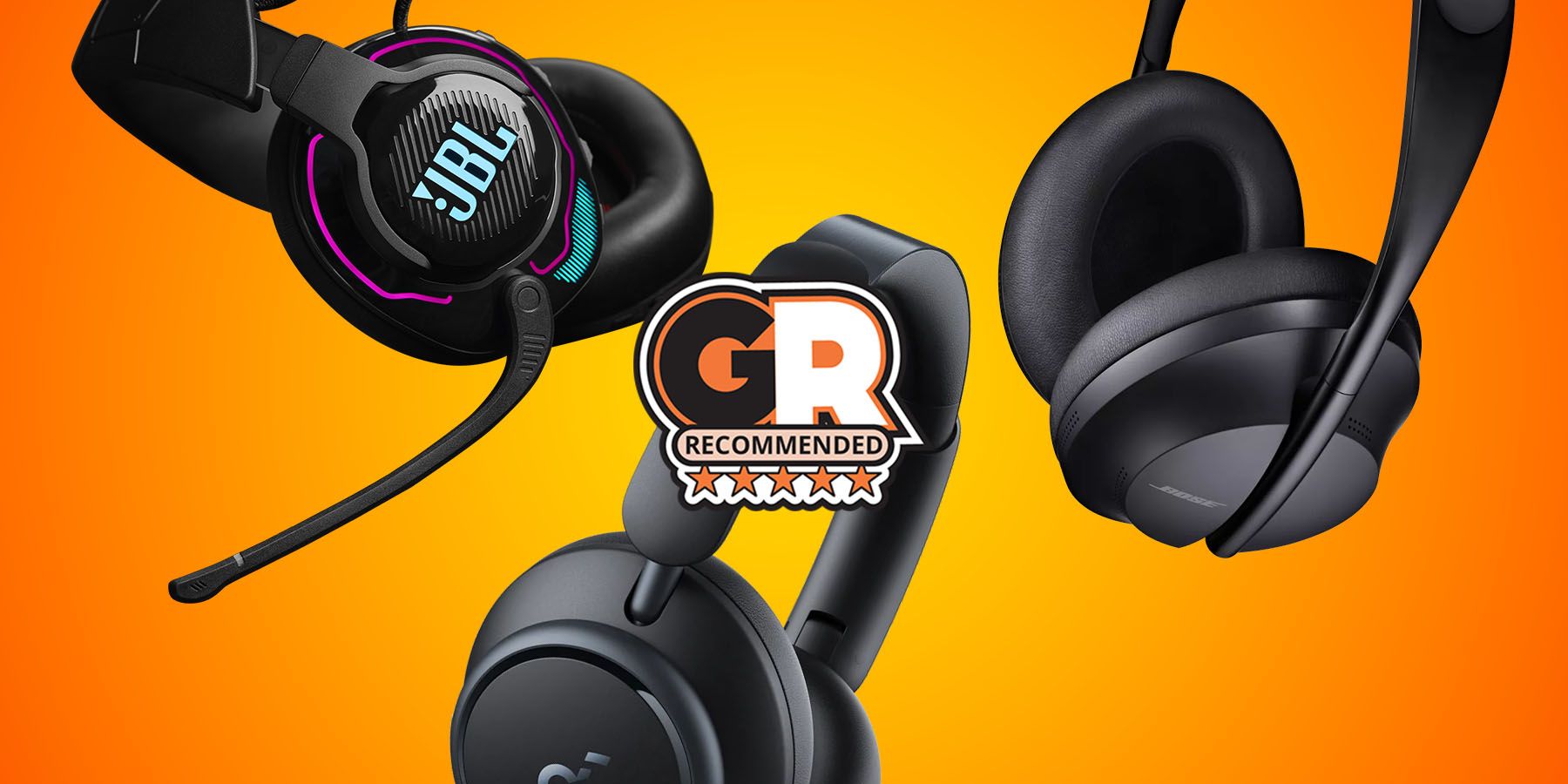
Best Headphones for Working Out in 2024
Unleash your workout potential with top headphone picks in our essential guide for fitness enthusiasts.
FAQ
Q: What is the downside of bone conduction headphones?
Bone conduction headphones have tons of pros for athletes and people who enjoy exercising outside, but the sound quality will not be quite to the same level as similarly priced earbuds.
Q: Can a deaf person hear with bone conduction earphones?
Because bone conduction headphones bypass the outer and middle ears, deaf people with conductive hearing loss can hear music through bone conduction headphones. Depending on the type of hearing loss, this varies from person to person, but for the most part, bone conductive headphones are a great way to hear music.
Q: Are bone conduction headphones better for hearing health?
Bone conduction headphones are better for hearing health than in-ear earbuds, but they are not without side effects. Because bone conduction earbuds vibrate the cochlea to create sound, listening at high volumes for long periods can still create strain and potential hearing damage. However, they are much better for hearing health than in-ear earbuds.

